
Tag Archives Agricultural soil science

Oats and alfalfa to reduce Corn Belt erosion?

It’s time to make soil great again
Continuing to lose topsoil will make it harder to feed a growing population
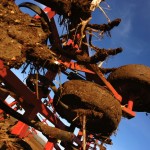
Disc tillage not the only answer to corn residue
Recent research on the effect of corn on subsequent soybean crops suggests there may be other alternatives
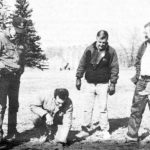
Dearth of moisture in Manitoba earth
Our History: May 1993
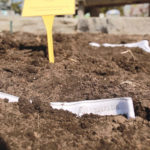
Planning for a bumper crop of underwear
The Soil Conservation Council of Canada is hoping underwear will be neither tight nor white after two months in the ground
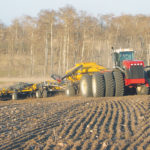
You may be ready for seeding, but is your land?
That early start to seeding is desirable, but not without some risks to manage
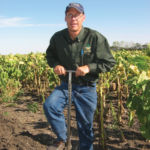
Farmers adjust fertility plans after tough fall
There’s still plenty of opportunity to get nitrogen on if you missed the fall application window
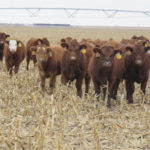
Grazing no compaction disaster
Nebraska researchers say grazing even at excess rates isn't a major contributor to soil compaction

On-farm water collection key to drainage management
Other farming practices such as enhancing soil health and better design and maintenance of surface drains can also help

Intercropping wheat and soys makes for tighter rotation
The Kutz family has had to improvise but their ideas are working


